Clos Saron's Quest For California Terroir

Gideon Beinstock of Clos Saron visited us at Vanderbilt Ave Wine Merchants in November
When I tasted Clos Saron for the first time, it showed me that California wines could have the same type of layered complexity and aging potential I was finding in European wines. Up to then, it felt like many California wines were showing me a vivid, and yet unambiguous purity of ripe fruit; I missed the tension and the connection to the soil.
What was different about Clos Saron? A whole lot, as it turns out. From the early 1980s up until the early 2000s Gideon Beinstock was a literal cult winemaker—for the Fellowship of Friends' own Renaissance Winery in the Sierra Foothills. (The Fellowship of Friends cult is more than I can fully cover here but if you're curious, check out the podcast Revelations.) He and his wife Saron left to start their own winery, Clos Saron, nearby, in 2003.
Gideon and Saron's work is on another plain—aesthetically and spiritually. They have always been close to our hearts in this shop: our former colleague Matthew was so moved by these wines he left Vanderbilt Ave to work with Gideon in 2021.
After a recent visit from Gideon I have assembled a group of their wines that covers both the Renaissance and Clos Saron periods. They are all drinking extremely well now. All the wines are fermented whole-cluster, foot-tread, and aged in neutral barrels with very little sulfur and nothing else added. There is some rustic barnyard but it's generally pretty toned-down. What you're getting is terroir and character turned up to the max.
View Clos Saron Collection
The Fellowship of Friends cult was more than just a quick post-hippie spiritual quest for Gideon. "For a while, it was really like living in paradise," he told me, though he left after he learned of the leader's predatory sexual misconduct. But because the cult was not driven by profits and had a team of free laborers, the vineyards are especially unique, planted in a way that probably was more akin to monks in Burgundy than anything happening in Napa. It also allowed Gideon to experiment in ways that few others have been able to.
One of these experiments was cropping a block of Pinot Noir at different levels. At three tons per acre, Gideon told me, he tasted the textbook version of Pinot Noir. At two tons per acre, he tasted something more confusing, a competition between the pure Pinot Noir character and, well, something else. At one ton per acre—a very low yield that is uncommon—he says Pinot Noir in its familiar form disappeared entirely, allowing the earth and the terroir to come through.
This does a lot to explain what is happening when you taste these Clos Saron wines, and the older Renaissance wines we're featuring. It is an unmistakable and profound quality that these wines, and few others, possess.
Cheers,
Jonathan Kemp
|
|
|
|
|


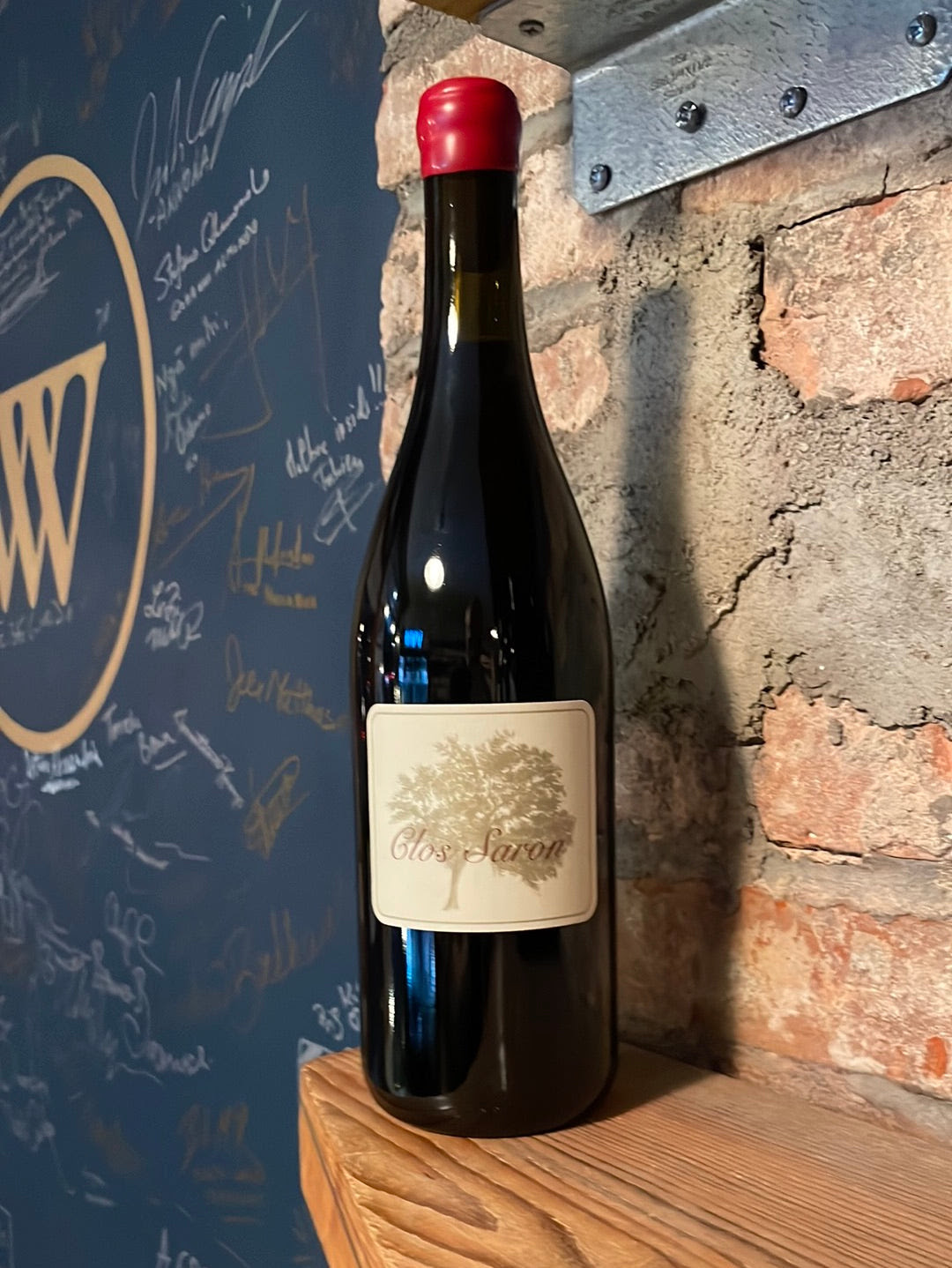
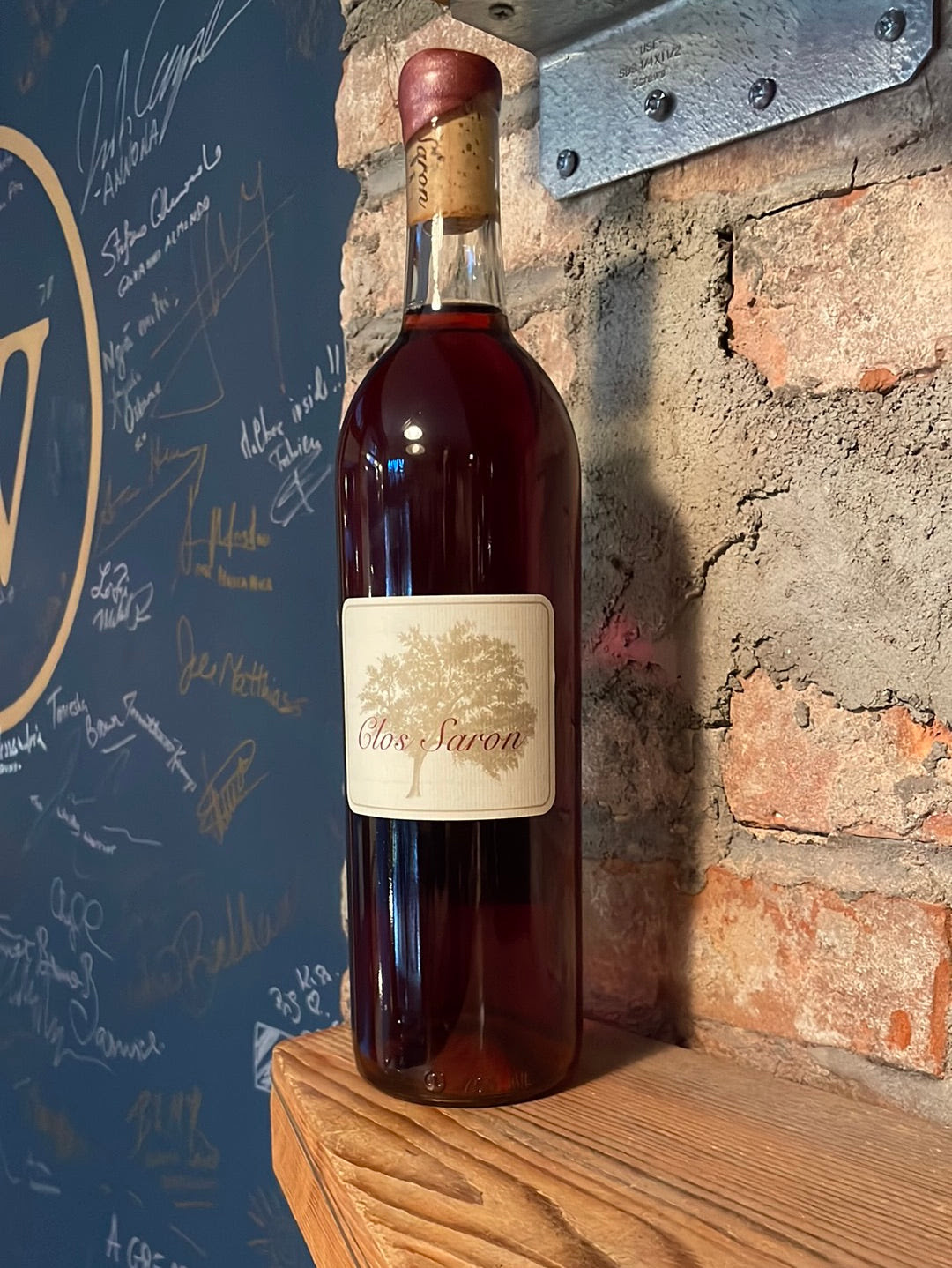
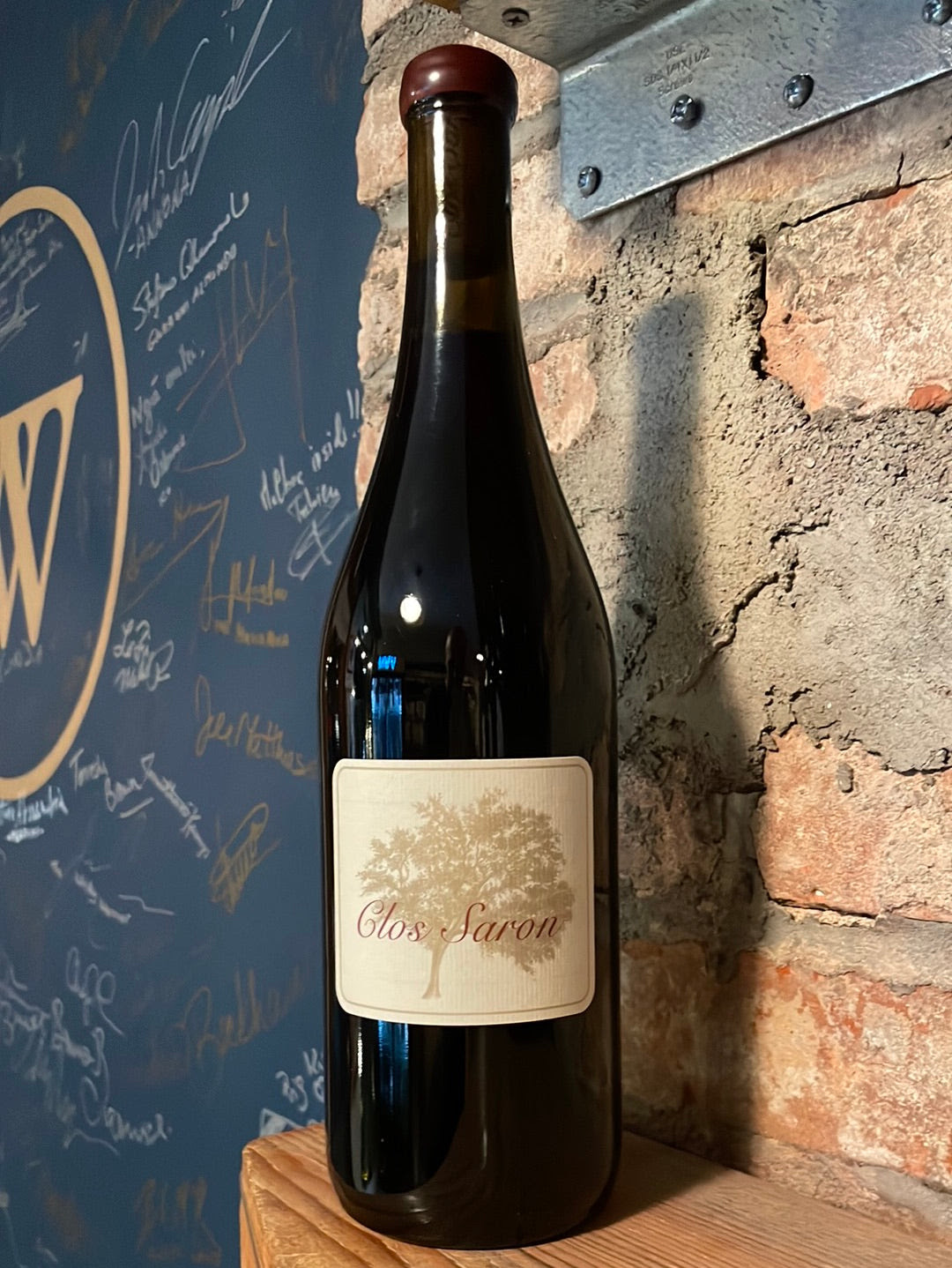
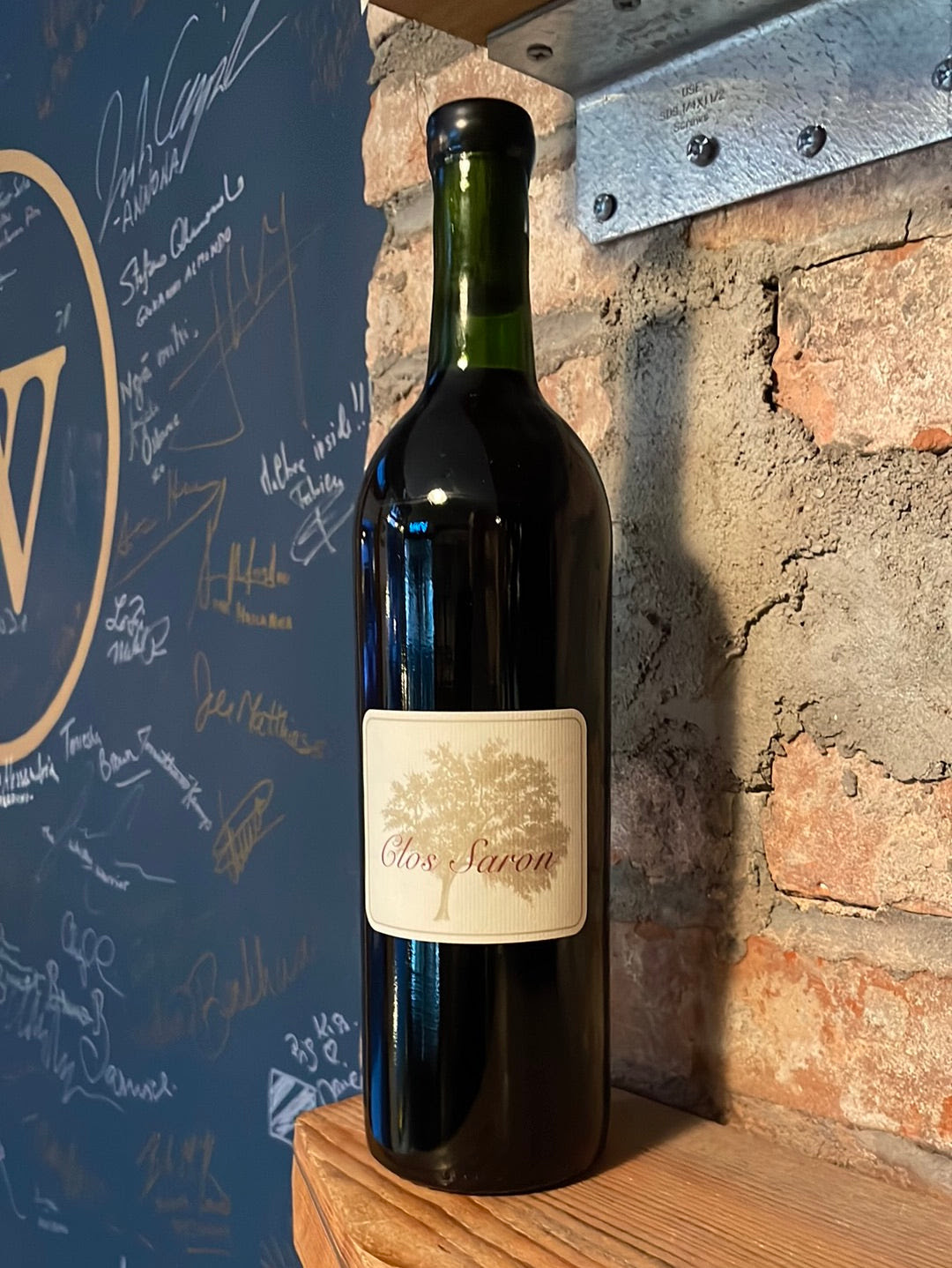
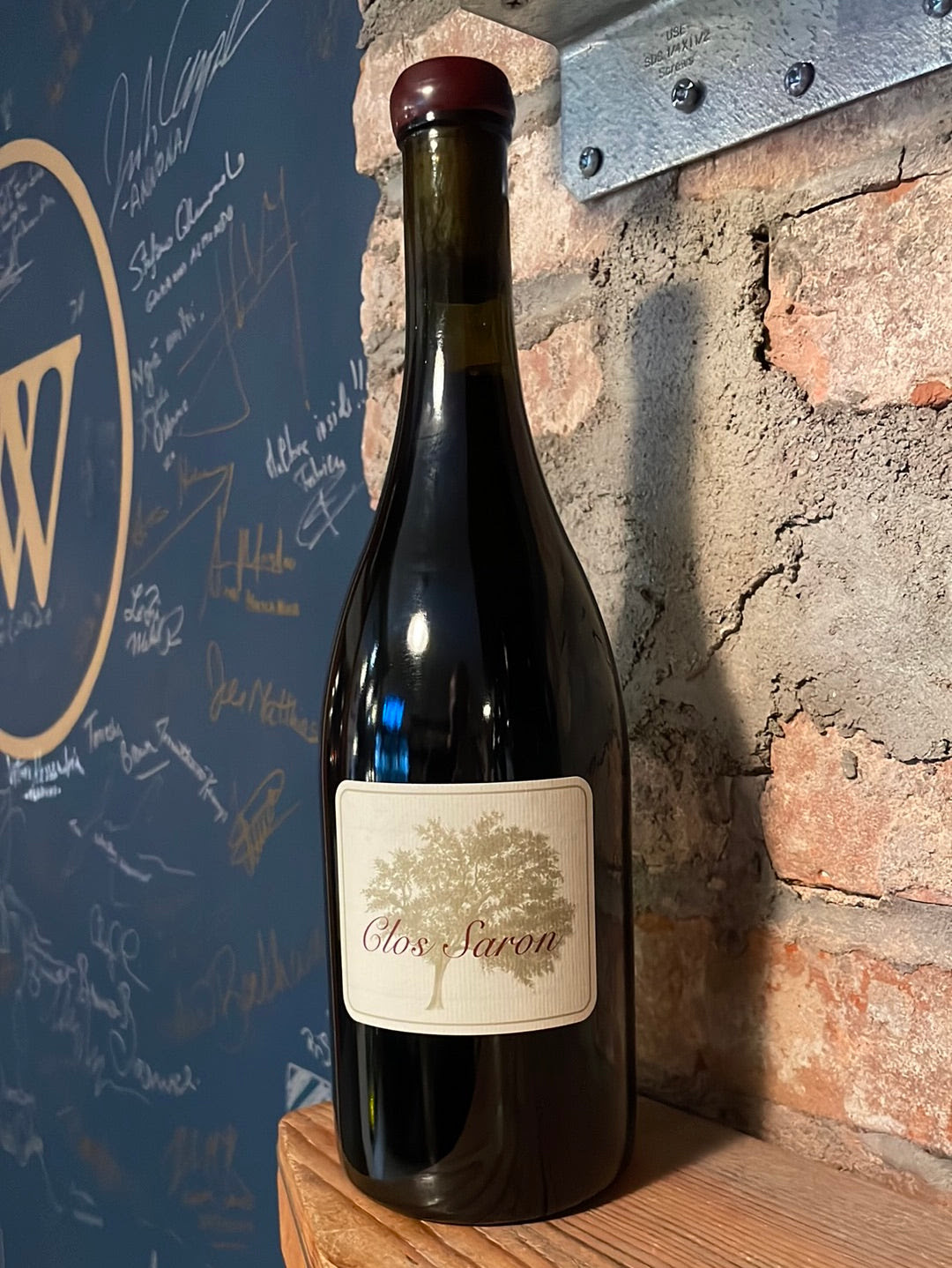



Leave a comment